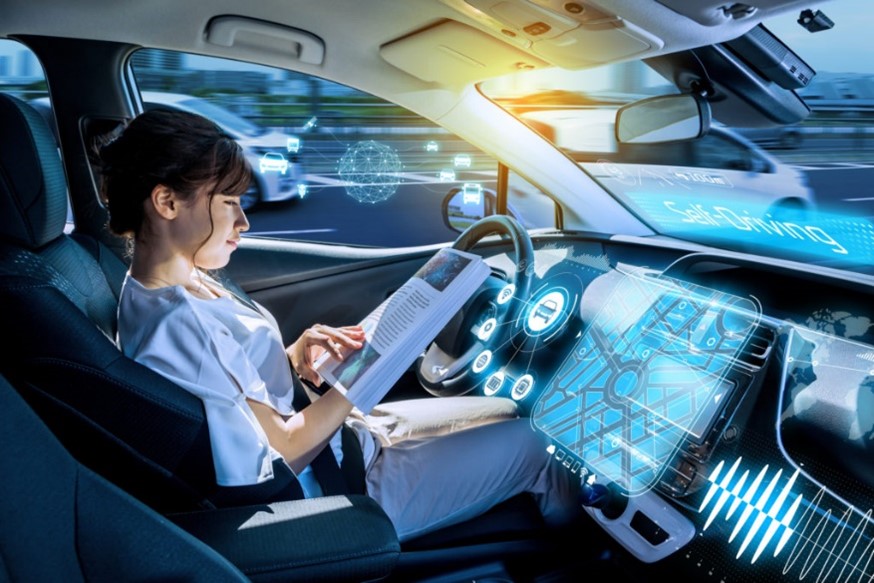Autonomous vehicles (AVs) are considered a major disruptive technology in the transportation sector, with the potential to produce significant changes in mobility patterns and behaviours. However, the effects of AVs go beyond just those on mobility and transportation; they can also have an impact on the economy, society, and areas including land use, the environment, and public health. AVs refer to a vehicle that can be operated without active physical control, one that can detect and navigate its environment with minimum or no human involvement or guidance. A fully autonomous vehicle has a full-time automated driving system that performs all aspects of driving tasks under all roadway and environmental conditions. With rapid advances in vehicle technologies that have wide-ranging effects on the transportation sector, the need to empathise with the role of these technologies is crucial to achieving the goals of sustainable urban mobility. However, alongside the promise of AVs, several negative impacts are expected by its implementation, such as the encouragement of active transportation and public transit to shift into AVs and increasing travel demand. In this article, we discuss the transformative effect of AVs on public health and highlight the potential impacts they bring to our society.
Impacts of Autonomous Vehicles
- Road safety
According to the global status report on road safety by WHO 2018, death due to road traffic is one of the top 10 leading causes of death worldwide with an estimated 1.35 million deaths every year. Of that numbers, more than half are death among vulnerable road users including pedestrians, cyclists and motorcyclists. The main goal of sustainable development for road safety is to reduce at least half the number of global death and injuries from road traffic crashes, thus, it is crucial to provide access to a safe, accessible and sustainable transport system to all. AVs are reported to be capable of preventing as high as 94% of road traffic crashes and improving road safety by eliminating human error. Of all serious road traffic crashes, 94% are due to driver-related factors, such as distracted driving, impaired judgment, fatigue, speeding or illegal manoeuvres. With the widespread use of AVs, a safer road environment will be created since these vehicles are driven by computers rather than humans, hence removing the human factor. Nevertheless, the advancement of vehicle technology will introduce new safety issues such as system operation failure. Particularly, the risk of a sensor malfunction, system data misinterpretation and inadequate response will lead to serious safety issues in an automated environment, consequently jeopardising the reliability of AVs. Furthermore, the risk of cybersecurity attacks should be taken into account, where hacking and misuse of vehicles can result in road traffic crashes. Lastly, ethical and legal issues regarding the decisions made by AVs in a situation where a collision is unavoidable should be considered. How will the AVs instantaneous decision to priorities, either between the vehicle occupants over a pedestrian or older person or child? Therefore, advanced sensor technologies, real-time data analysis, and rapid decision-making capabilities of AVs can mitigate the incidence of collisions, potentially saving countless lives and reducing the burden on healthcare systems.
About the author

Dr. Siti Asma’ binti Nikmat Leong is the research officer at Azman Hashim Business School. She holds a PhD in Mechanical Engineering. Her research is mainly about automotive engineering and smart materials.
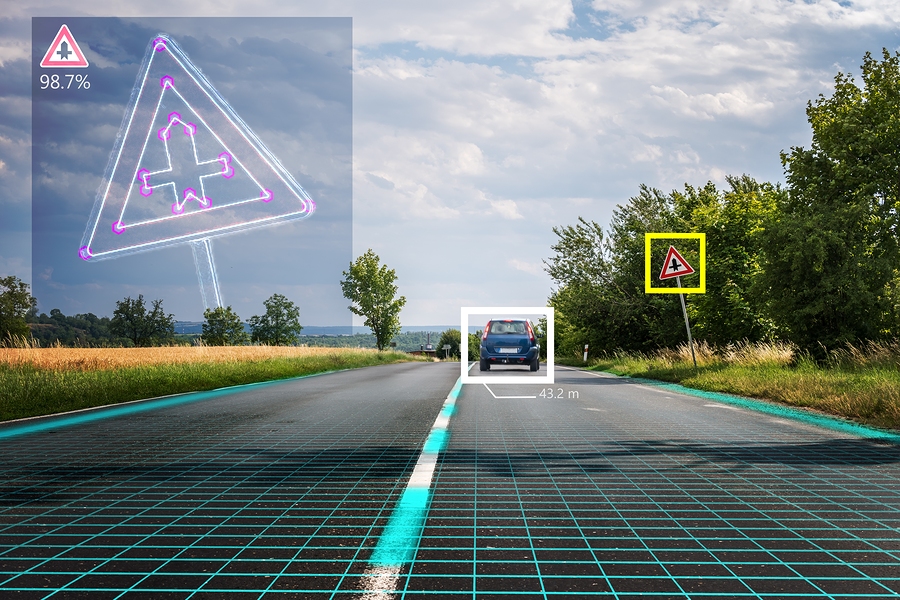

- Traffic Congestion and Air Pollution
Traffic congestion is one of the factors that not only causes frustration among road users but also has substantial adverse effects on public health. Prolonged exposure to traffic-related air pollution (TRAP) has been linked to cardiorespiratory problems, a wide range of health effects from adverse birth outcomes to dementia and an increase in all-cause mortality. The implementation of AVs will benefit the reduction of traffic congestion by minimizing stop-and-go traffic patterns, especially during peak hours. Smoother and optimized acceleration and deceleration driving of AVs can be obtained by the capability of AVs to sense the surrounding environment through the integration of traffic flow data and the elimination of unnecessary manoeuvres. Simultaneously, AVs can choose the optimum course of action, thus significantly resulting in reducing fuel emissions, reducing travel sitting time, improving air quality, reducing transportation noise and providing a healthier environment.
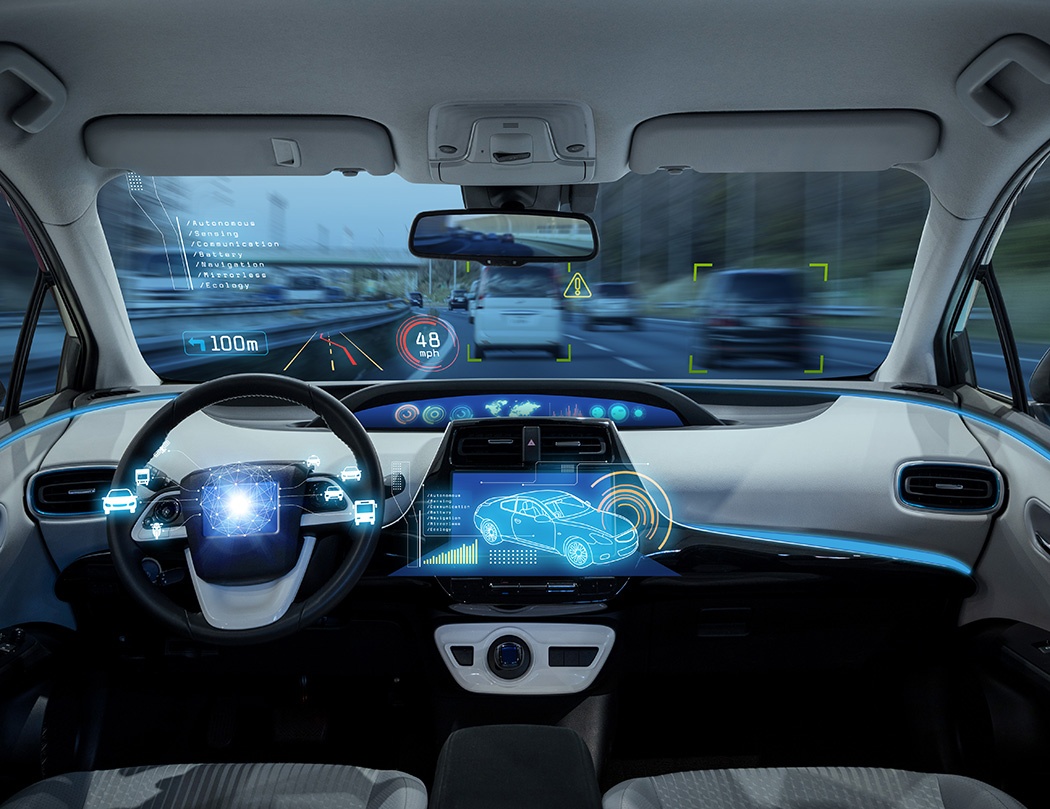
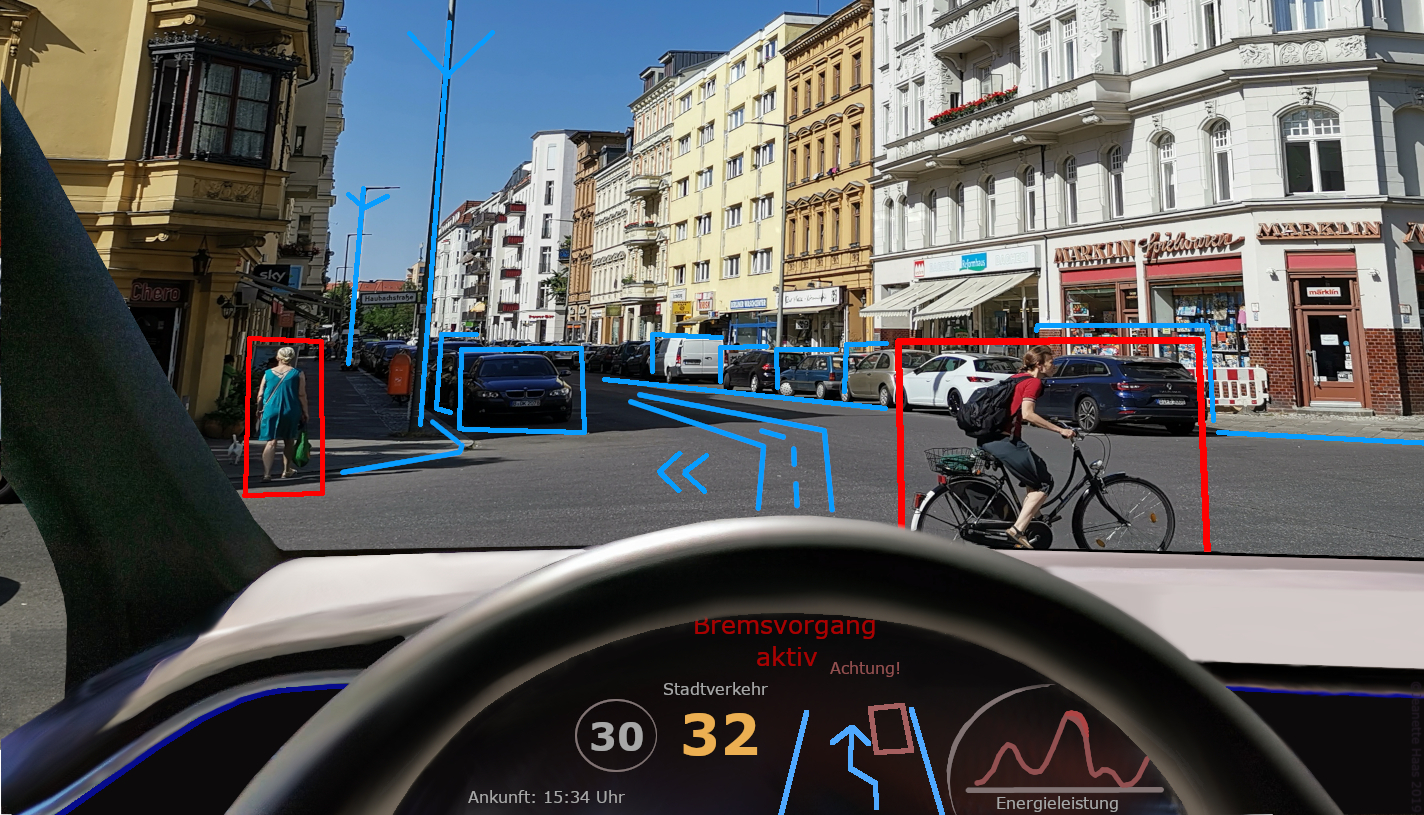

- Travel Accessibility
By offering enhance transportation accessibility, individuals with different abilities will experience more comfortable travelling options, particularly for those with mobility challenges or disabilities. Furthermore, being unable to reach out-of-home activities due to limited travel options might cause transportation disadvantages and social isolation, and as a result, will negatively affect the quality of life. This improved mobility through AVs could improve individual independence and better access to communities and services. Additionally, the increased mobility and freedom offered by AVs can increase social inclusion and positively impact mental and emotional well-being. However, the implementation of AVs also encourages people to shift from active transportation (cycling and walking) and public transit to private cars. By providing more comfortable and affordable travelling options via AVs, the possibility to induce transportation demand and encourage longer travel distances which in turn will result in urban sprawl. Such an increase in AVs transportation will be translated into more traffic congestion, greenhouse gas emission and air pollution. Moreover, less active transportation and more travel sitting are likely to increase the risk of obesity and non-communicable diseases.
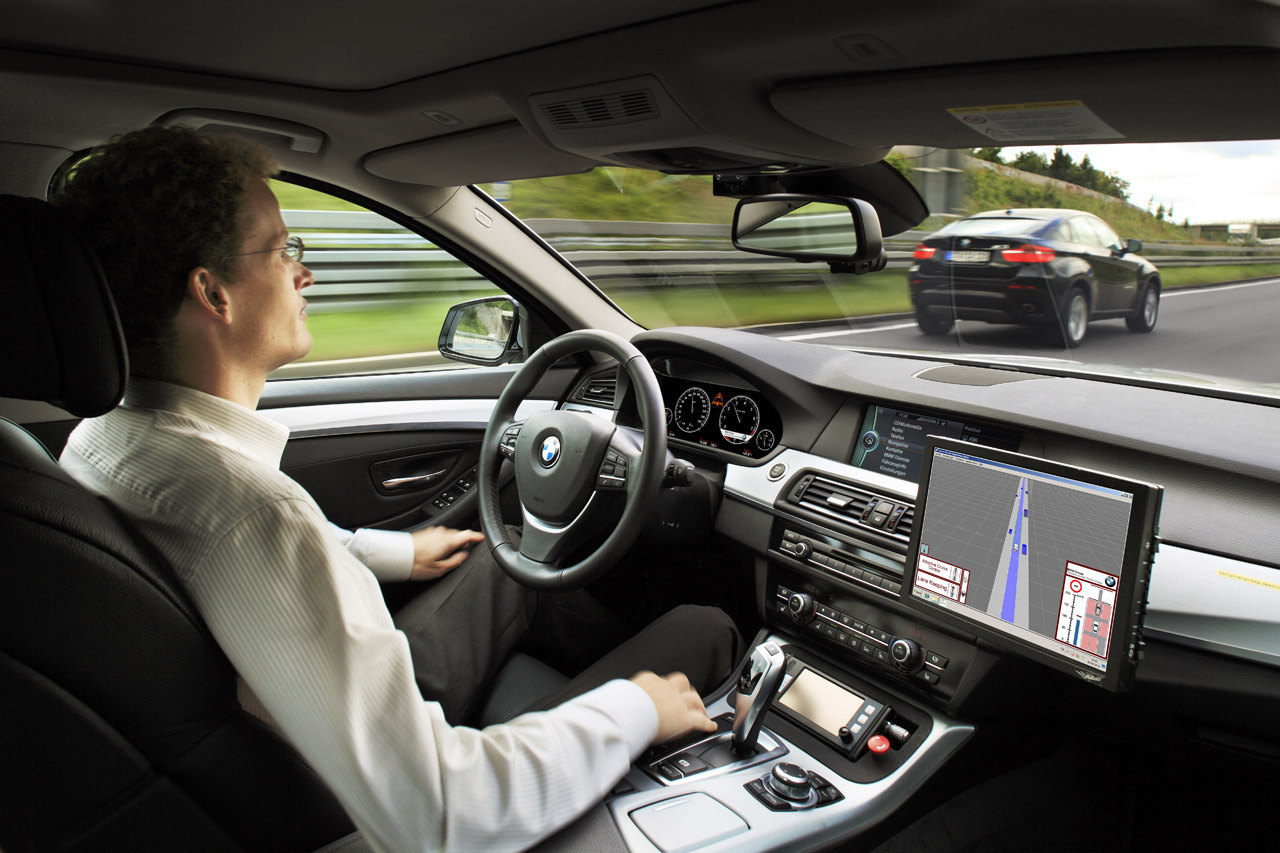
- Stress Reduction and Improved Mental Health
Long hours spent in traffic for daily commutes can be a major source of stress that can consequently lead to anxiety, frustration and negative mental health. One of the benefits of AV implementation is the capability of AVs to make driving safer and reduce stress related to navigating a car through traffic. By removing the need to operate the vehicle during travelling, AVs allowed the travellers to engage in other activities such as working, reading, entertainment or simply resting during their commute. Thus, in turn, will increase life productivity and travel satisfaction (enjoyment and happiness while travelling). Furthermore, stress experienced during the commute can give negative effects on job performance, hence travel time by using AVs can be used to mentally prepared for the activity ahead. The shift from active driving to automatic navigating driving can simultaneously improve mental health and overall well-being
Policy Implications of Autonomous Vehicles
Several policy measures can be implemented to overcome the negative health and well-being impacts related to the utilization of AVs and at the same time maximize their benefits. Some of the issues are reduced physical-active travel (walking, cycling and public transit), urban sprawl and increasing vehicle travel distance. Enhancing infrastructure for pedestrians and cyclists such as providing spacious sidewalks with secure crossings and separated bike lanes might reduce the active-transportation shifting. It is important to exercise caution to avoid further legal restrictions on the ways pedestrians can access and cross streets, considering that conflicts with AVs may become a controversial issue. To control urban sprawl, it is suggested to impose traffic demand management policies and restrict new suburban neighbourhoods that are located too far from the city centre. Other than that, to reduce the expected growth in transportation demand, parking needs and travel distance, it is encouraging to practice using shared AVs instead of privately owned AVs. It is reported that private AVs could have more undesirable impacts like additional and longer travel trips, especially during the holiday season. Other than that, another effective solution is by substituting combustion engines vehicle with electric vehicles that can reduce the adverse effect of AVs on public health. AVs with combustion engines tend to emit harmful vehicle emissions and contaminants like engine oil. AVs equipped with electric engines will be more efficient in terms of driving range and recharging than conventional electric vehicles due to their ability to operate without a driver. On the other hand, attention should be paid to more inclusive and equitable distribution of the health and well-being advantages of AVs in terms of safety, travel satisfaction and access to various activities. Urban development policy and zoning regulations should be designed so that communities at a disadvantage can also be benefited from AVs implementation. Furthermore, encouraging the use of AVs in exurban and rural areas where they can improve accessibility should be taken into consideration. When developing the AVs algorithm in decision-making and analysing real-time surrounding environment to avoid collisions, the safety of vulnerable road users should also be emphasized by considering suitable protocols and laws. This is to prevent ethical issues that involved an emergency or forced decision situation where collisions are unavoidable. Finally, the safety measure of AV operations needs to be tightened to eliminate system operation failure, malfunctioning error and vehicle cybersecurity issues.
Autonomous vehicles are one of the innovative transport interventions that potentially transform our society and impact public health. The adverse impact of the implementation of AVs is depending on the designed support policies that can maximise their benefits and mitigate all the possible negative impacts. Overall, the employment of AVs should aid public and active transportation, transforming into better societies and contributing to public health.

